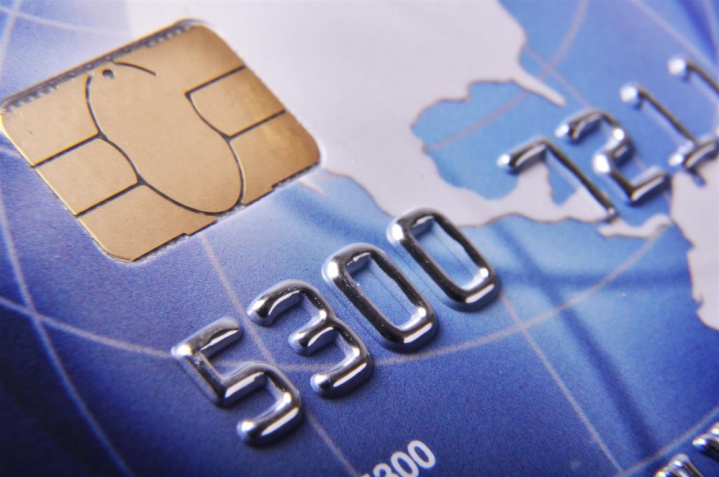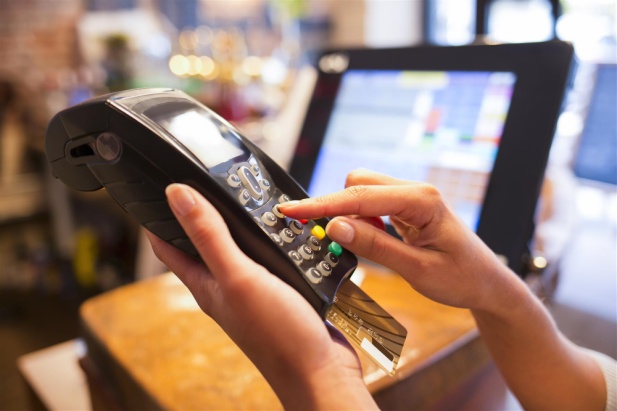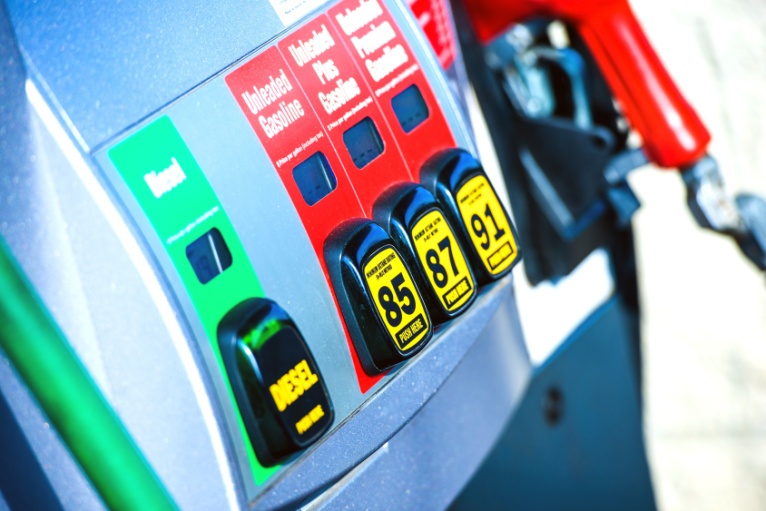Credit card fraud poses a huge financial risk to businesses large and small, as the cost of fraud falls largely on the shoulders of card issuing companies and merchants. Proactive steps by merchants and retailers accepting credit card payments online or in their physical stores can help prevent major losses.
Credit and debit card fraud accounted for more than $16 billion in losses to banks and merchants in 2015. Fraud outgrew card volume last year, 19 percent to 15 percent. A large chunk of all debit and credit card fraud occurs in the U.S., with America accounting for more than 48 percent of all card fraud. To put the severity of the problem into perspective, consider this: U.S. fraud losses accounted for 12.75 cents for every $100 in card volume. Fraud in other regions accounted for 3.73 cents of every $100 in card transactions.
Current law largely shields individual card holders for losses associated with stolen credit and debit cards or card information, putting financial responsibility for these losses on card issuers and merchants instead. For merchants, particularly small businesses, the impact of credit card fraud can be devastating. Having to handle the costs associated with a large number of chargebacks resulting from fraudulent use of credit cards can sink a small business. That is why businesses accepting credit card payments must be vigilant to stop fraudulent activity.
Malicious individuals can engage in credit card fraud in a variety of ways. They can use stolen cards to make purchases in stores and online. Stolen credit card information can be used to make fraudulent transactions online or over the phone, as well. Fraudsters can also use counterfeited credit cards to make purchases at brick-and-mortar store locations.
Counterfeit credit cards alone accounted for $3 billion in fraud losses at physical store locations in 2014, according to the Wall Street Journal. The problem is pronounced in the U.S., which accounts for about 47 percent of all fraud associated with counterfeited cards.
Methods for Stopping Card Fraud
Retailers and merchants can greatly reduce card fraud online and in their stores by learning more about common behaviors exhibited by fraudsters, and proactive steps they can take to lower their risk of processing bogus transactions. Consider these tips for stopping card fraud:
Obtain all available information related to the card – The more information you have, the better you’ll be able to spot likely fraud. When completing a credit card transaction on the phone or online, have your customer service rep or payment program collect the cardholder’s full name, all 16 digits of his or her card, the expiration date, and the cardholder’s address and phone number as listed with their credit or debit card issuer. Merchants should also be sure to get the security code information on the back of the card.
With this information, merchants can use the address verification service offered by card issuing banks. Comparing this information and steps like having card-issuing banks contact the customer to verify charges can reduce chargebacks by up to 26 percent, according to Visa.
Compare signatures – Credit card companies ask their customers to sign the back of their credit cards. In practice, not many customers do this, but it can provide a valuable deterrent to in-store card fraud. In situations where they think fraud may be occurring, have your customer service representatives ask to see customers’ ID and compare the signature on the ID to that on the card. If the card isn’t signed, have customer service reps decline the transaction or ask the customer to sign the card, and then inspect it.
Provide training on card markings – Credit card issuers have distinctive marks on their cards to make them stand out. Knowing these markings can help merchants spot counterfeit cards. By providing training on spotting credit card markings and encouraging customer service reps to identify potential counterfeit cards, merchants can reduce fraud.
Identify suspicious behavior – Training customer service reps to spot suspicious behavior can aid merchants in reducing card fraud. Some behaviors to be on the lookout for include:
- Purchasing expensive or large amounts of merchandise with no care for size, price, color, or style.
- Attempts to distract or hurry along customer service reps during a sale.
- Making purchases, leaving the store, and then returning to make more purchases.
- Making purchases right at opening or closing.
Create policies for handling suspicious transactions – Fraud often occurs because customer service reps don’t know how to handle instances of possible fraud. By having clear, unambiguous policies that address what customer service reps should do when they suspect fraud, these employees will feel more confident in handling situations where fraud may be occurring and taking appropriate steps to inquire further about a cardholder’s identity or declining a transaction.
Customer service reps are merchants’ best defense against fraud, as their judgment and vigilance can stop fraudulent transactions from occurring.
Monitor addresses – Online or phone orders with differing billing and shipping addresses should raise an eyebrow. While not always indicative of a crime, when present along with other suspicious circumstances, differing billing and shipping addresses can be an indicator of fraud.
Report fraud immediately – If merchants believe fraud has occurred, they may be able to limit liability by promptly reporting the suspected fraud to police and to the institution that issued the card.
EMV Fraud Liability
Recent changes have shifted a larger part of the burden of covering the cost of fraudulent transactions from banks to merchants if those merchants haven’t adopted devices that can process payments from new chip cards. EMV chip cards are more secure than traditional magnetic stripe cards, and there’s a big push for card companies to issue the new cards and merchants to accept them.
Compliance with the new regimen has been slow. Merchants were asked to begin using chip card readers by October 2015. As of June, only about half of merchants have adopted EMV technology, but that figure is expected to rise to about 72 percent by the end of 2016.
While the cost of purchasing or leasing new credit card terminals can be pricey, the potential losses from fraud could be exponentially greater. Merchants who have not gotten on board with new EMV chip card technology need to do so to avoid losses associated with card fraud.
Service Station Best Practices
Service stations and convenience stores pose a unique security challenge for businesses seeking to deter credit card fraud because of their mix of unattended and attended points-of-sale. Unfortunately, these businesses are frequent sites of credit card fraud. Diligence on the part of store employees to spot suspicious behavior can help address these issues.
Some behaviors that should throw up red flags among convenience store clerks include:
- Buying more than $50 worth of items in the store.
- Purchasing large amounts of gift cards.
- Large beer or cigarette purchases.
- Loitering near pumps.
- Filling more than one car on the same pump.
- Swiping more than one card at a pump.
Of course, not everyone who engages in one of these behaviors is a criminal. However, these behaviors are associated with fraudulent activity often enough that, when they occur, it warrants heightened scrutiny by convenience store staff.
Partnering with a merchant service provider that provides the latest card payment and processing technology can help merchants fight credit card fraud. Leap Payments uses state-of-the-art credit card terminals and other technology to help protect merchants from malicious individuals. Leap Payments also offers a number of other great services to clients, including next-day funding, interchange pricing, and 24/7 customer support.
Source:
http://www.wsj.com/articles/card-liability-is-set-to-shift-1443567562








